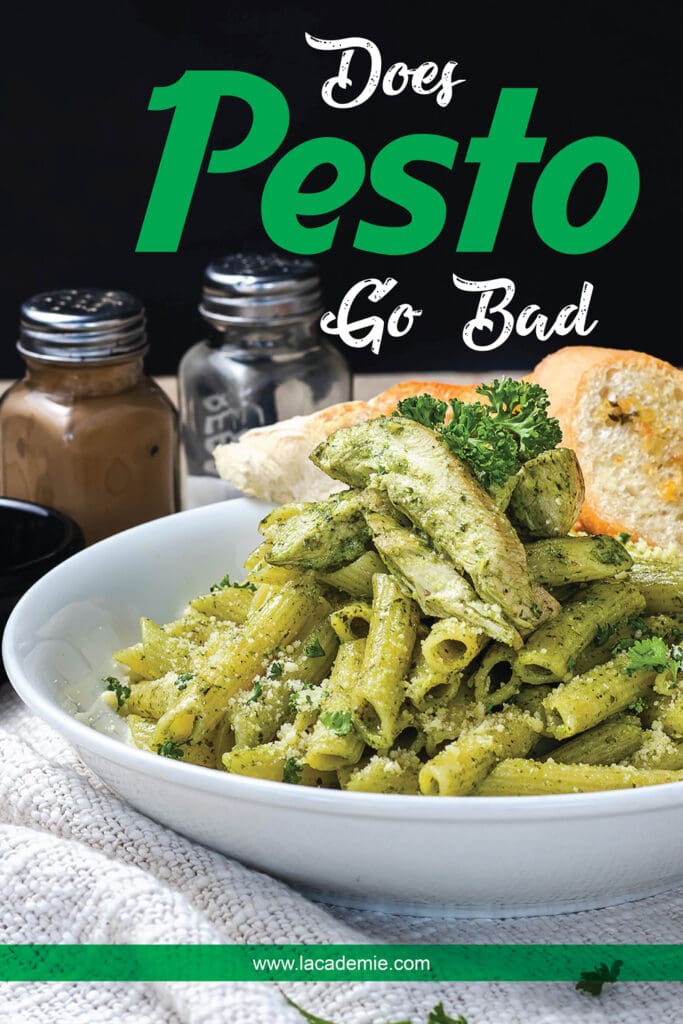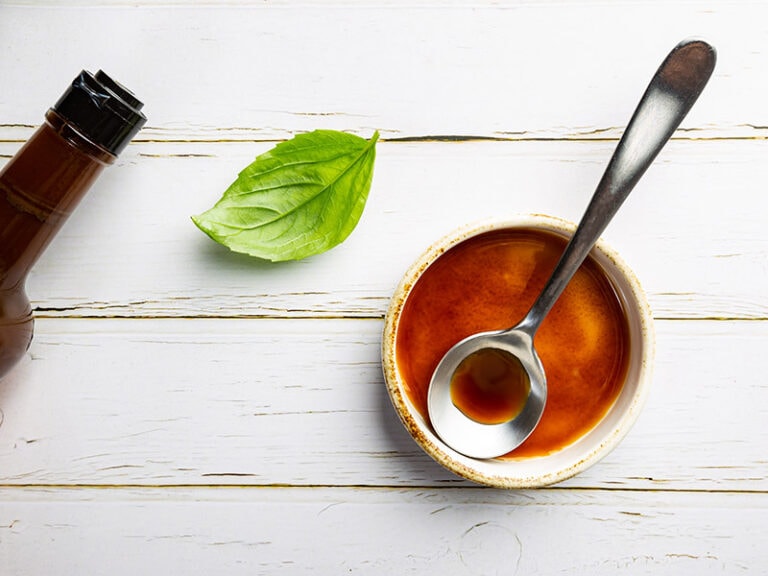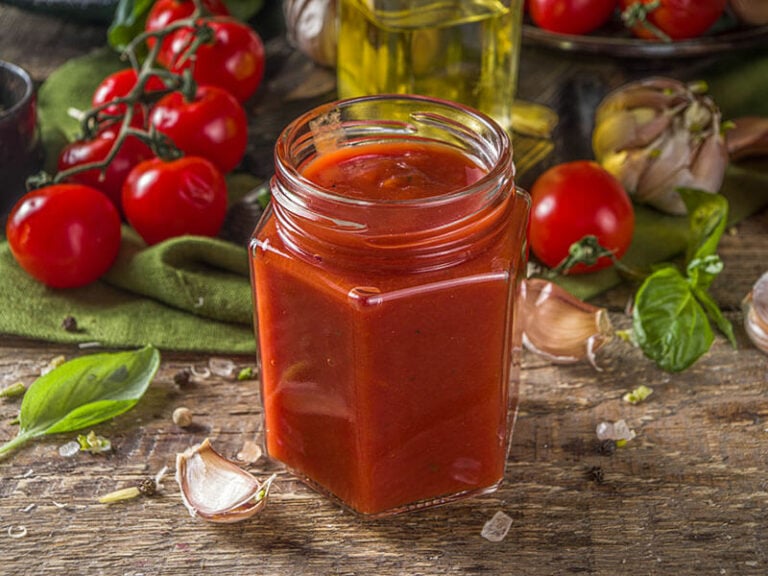Despite being a versatile sauce, pesto decays much faster than you think. Over the years, many chefs and home cooks are continuously on the lookout to discover new methods for extending pesto’s shelf life.
If you are here for the same purpose, I’m sure you won’t be disappointed. This article provides all relevant information about the shelf life of pesto and how to keep it fresh.
What are you waiting for? Let’s get started!
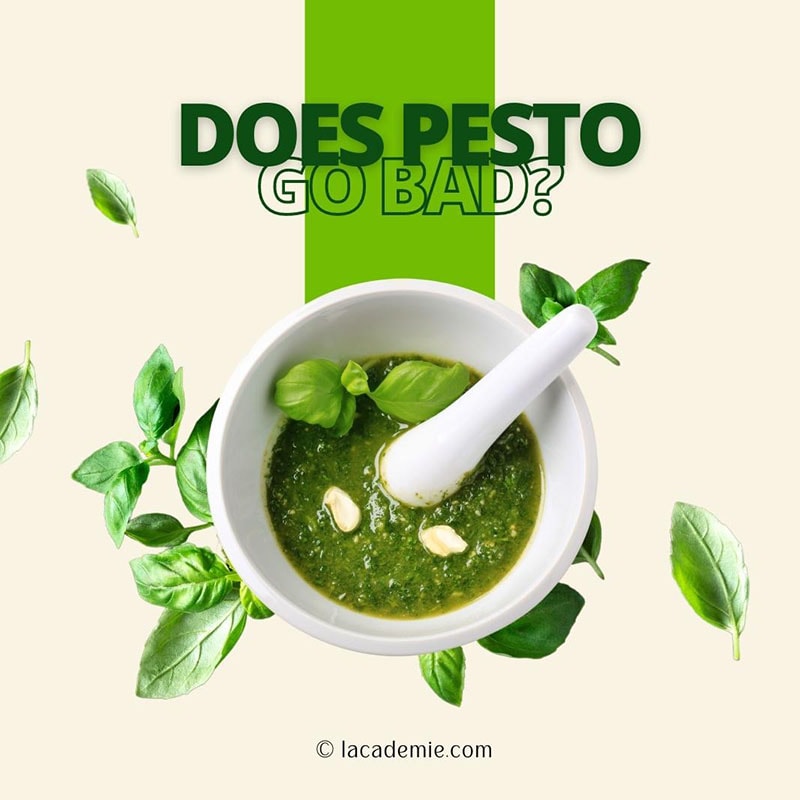
So, Does Pesto Go Bad?
Briefly, pesto does go bad, no matter how you store it. Commercial pesto can stay fresh for up to 8 months after opening. Homemade pesto, on the other hand, lasts for 3-4 months when freezed, but only 5-7 days when chilled in the fridge.
What Is Pesto?
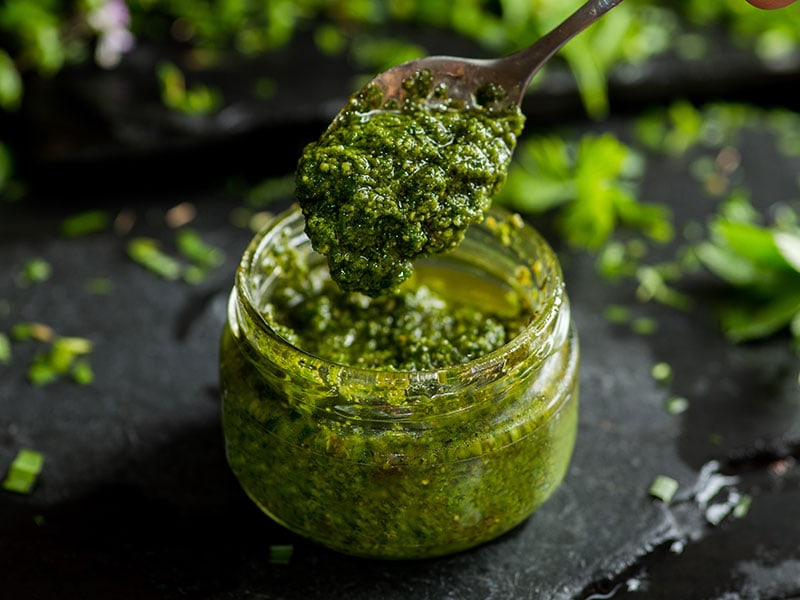
Pesto is a sauce made from the following ingredients: crushed garlic, pine nuts, basil, hard cheese, and coarse salt. All the ingredients are blended with olive oil and then pesto (pounded in English) with a premium-quality molcajete until reaching desired consistency.
But wait, aren’t there several varieties of basil plants? Which one is the best for pesto? How do you tell one basil type from another? Luckily, it’s very easy to distinguish basil types, and if you can’t, you can simply buy it from the section with the “Genovese basil” tag at the supermarket.
With different preferences come different versions. When basil is not in season or when you don’t know the proper way to store fresh basil, it can be replaced with cilantro, spinach, or parsley.
If you don’t have Parmesan available, Pecorino Romano or scrumptious aged Cheddar cheese should also do the job. Pine nuts are pretty expensive, so opt for walnuts or almonds if you are on a budget.
That said, the other ingredients should be kept in your recipe. Respect the tradition, after all. If you want a spike in flavor, add some citrus zest or vinegar to your pesto.
How Long Does Pesto Last?
And here comes the tricky question: how long does it take pesto to go bad? Here’s the complete guide for you and any pesto fans about the shelf life of this classic risotto side dish. Have a look to find out how long your pesto can last.
To people’s surprise, store-bought pesto, once opened, can last up to 2 weeks while the home-made version tends to spoil quicker. So why are people complaining that their pesto goes bad in just 2-3 days? What’s the problem here?
Things That Affect The Shelf Life Of Pesto
If you want to extend the shelf life of your pesto, mind two factors: the container you use to keep pesto, and the ingredients you use to make it.
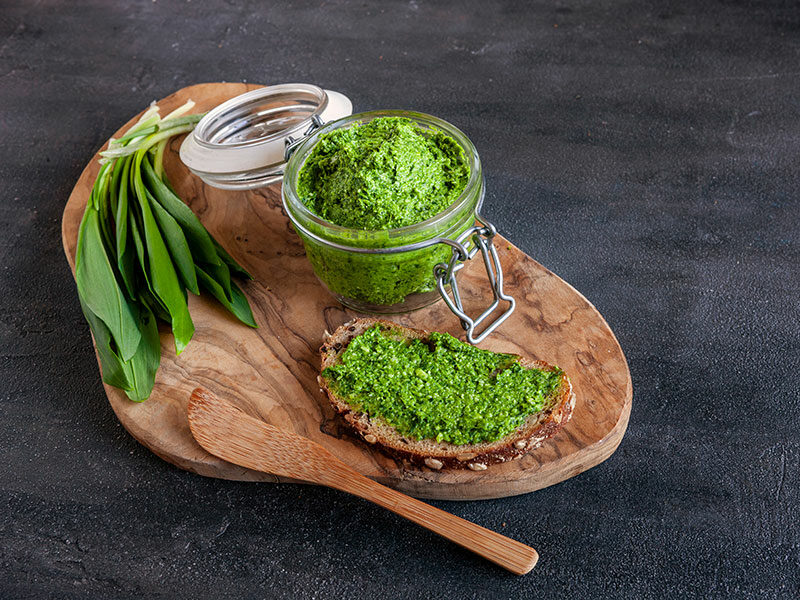
The Container
Storing pesto is a daunting task, and it is not as simple as throwing it in the fridge. The container plays a vital role in keeping your pesto fresh and safe from bacteria.
Once you have filled your jar with a sufficient amount of pesto (¾ of jar capacity), coat the top surface with an extra layer of olive oil. The oil helps prevent pathogenic microorganisms from infiltrating and contaminating the sauce.
To minimize exposure to oxygen, use a tall, narrow glass jar instead of a vast, shallow jar. Using the tall jar calls for a lesser amount of oil and, thus, the texture of pesto should not change much. Close the lid tightly as soon as you open it.
The Use Of Ingredients
The ingredients do matter when it comes to spoiling your perfectly made pesto. If your pesto goes off even though you have stored it properly, pin the blame on the ingredients.
The Oil
Go into your kitchen and check the label on the bottle of oil you are using. Typically, olive oil goes bad after 18-24 months (extra virgin olive oil lasts for 12-18 months). If you are using other types like canola or peanut, this number reduces to 6 and 12 months, respectively. Nothing can beat olive oil in terms of taste and shelf life.
So, how can you tell if your olive oil has gone rancid? Just open up the bottle and sniff the aroma. If it smells like crayons or cement filler to you, immediately throw them away. If you don’t have a good nose, you can taste it – don’t worry, it’s safe to do so. If it tastes bitter, you can be sure that something’s off.
One more straightforward method is to look at the color. If it turns dark, the chances are that you cannot use it anymore. The color can also be affected by direct sunlight so remember to keep your bottle in a cool, dark place.
The Nuts
If you use the pine nuts as in the original recipe, you don’t want to skip this. Pine nuts are relatively expensive compared to other crunchy alternatives like walnuts or cashews. However, every member of the nut family is put under the curse of plant oils – a substance that makes them go rancid after a particular period.
How much time do your pine nuts have before they expire? The best quality kind will go off after a month in the fridge and 3 months in the freezer. Don’t forget to keep them in an airtight container or sealed bags to avoid exposure.
The Herbs
It would be a miss to forget the herbs that lend a vibrant shade of green to the pesto. It’s a love-hate relationship; however – those fresh basil leaves will spoil your pesto as they last for only 9 days max.
What are some ideal substitutes for basil? Go for fresh kale as it lasts for almost a week. Broccoli outclasses other veggies with an impressive shelf life of 1-2 weeks, depending on how you store it.
How To Tell If Pesto Went Bad?
Imagine that you are hosting a potluck party, and you are planning to treat your guests with some home-made pesto. Unfortunately, you notice something strange with your dish – it has gone off. Of course, the problem is how you store it, or there’s something wrong with the ingredients. So, from what signs can you tell that your pesto has passed its best?
The Color
When spoiled, pesto loses the curb appeal that makes your stomach growl. The appealing green hue makes way for a light brown color. If you spot something different with the color, there must be something wrong with the greens. On average, fresh veggies only last for somewhat a week or more.
The Smell
The next thing you will pay attention to is the off-putting smell. If it smells rancid and unusual (like old oil if you can’t quite picture it), do not hesitate to throw your pesto right away.
The Taste
Pesto that goes past its best-before date is still edible, if you are wondering. It just does not taste as fresh as the last time (and you can tell, obviously). The good news is, eating bad pesto does not make you sick.
Lastly, if white mold starts to appear on the surface, don’t try to save your pesto by scraping the mold away – any food that has mold in it should not be consumed under any circumstances.
How To Store Pesto
Pesto, whether it’s made fresh or bought straight from your local grocery store, should be stored properly to prevent it from going bad. Here are the three reminders you will need to know about keeping your presto.
How To Store Fresh Presto?
There’s no denying that fresh, homemade goods are the best. However, when it comes to pesto, it is not the same. Fresh pesto does not have an impressive shelf life, and it cannot last for more than 2 hours at room temperature.
Fresh presto needs to be refrigerated right after you finish making it. Put it in a glass jar or an airtight container. For extra caution, pour some olive oil over the top of it before closing the lid. The oil acts as a shield to protect your pesto from being invaded by the bacteria.
How To Store Leftover Presto?
There are many brands of pesto on the market nowadays: Classico, Sacla, Genovese, etc. These are commercial pesto, and they contain preservatives to help extend the shelf life.
How should you store them? Same as when you bought it. If they are displayed in the refrigerated section, they should be refrigerated. If they are on the racks with other condiments, they should be on the shelf at your home.
Once opened, leftover pesto should be transferred to an airtight container with a sealed lid to avoid exposure. Place the container in your fridge; the cold temperature will keep it fresh for the next 2-3 days
Can You Freeze Pesto?
The answer is yes, and it’s simple. Plus, it’s the most effective way to postpone the expiry date of your pesto.
You may have heard of the ice cube method, a clever use of your ice cube tray to store any leftover sauce or condiment. This method applies to pesto, too, and how are you going to do it?
First, get an ice cube tray, and strain your unfinished pesto into every holes. Next, drizzle some olive oil on the top to make sure your pesto does not come into contact with the air. And that’s it! Place the tray in the freezer, and use those pesto cubes at your convenience.
There’s another hack for storing pesto in the freezer if you’re interested. You will need a tray (the size should be small enough to fit your freezer), two sheets of parchment paper, and of course, your pesto.
Line the first sheet of paper onto the tray, and spread the pesto evenly all over it (¼ inch thick or less). Line the second sheet on your pesto and let it rest before moving into the freezer. This method may take up more space, but your pesto should thaw faster since it’s a thin layer.
A Potential Risk To Your Health
If you insist on eating your bad pesto, you may want to change your mind after reading this.
The two main ingredients of pesto – herbs and oil, are reasonably low in acid. When blended, they facilitate the growth of Clostridium botulinum bacteria. It’s one of the pathogenic bacteria that cause foodborne botulism.
Once having consumed spoiled food, your body will start showing symptoms for the next 18 to 36 hours. This progress can happen at a slower rate if the amount of toxin you digest is not high. Here’s what you will be going through:
- Nauseous
- Stomach cramps
- Constipation
- Difficult to breathe
- Dry mouth
Some will experience much worse symptoms like double or blurred vision. Thus, it’s better safe than sorry – don’t be reluctant to get rid of your pesto now.
FAQs
If there’s anything unclear to you about pesto and its expiration, read this section. I’m sure you’ll find the answer you are looking for.
Bonus Tips To Prevent Your Pesto From Spoilage
First and foremost, don’t cook more than you can eat – the rule of thumb. If you have accidentally made too much pesto, portion it into smaller containers, preferably tinted glass jar.
If this is too time-consuming for you, pour the pesto into the ice tray and keep in the freezer. Toss one cube into the pan whenever you crave for some. You can also scoop a portion into Ziplock bags and stack them up if the ice cubes are insufficient.
I hope that this post has provided you useful knowledge about pesto and the right way to store and consume it. If you have any further questions, please leave a comment below for me and other readers. I’m more than happy to give you the answer to your confusion.
